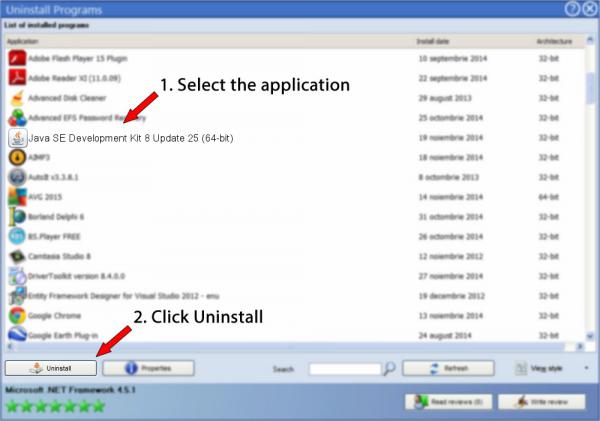

- #JAVA SE DEVELOPMENT KIT 11 DOWNLOADS ORACLE FULL VERSION#
- #JAVA SE DEVELOPMENT KIT 11 DOWNLOADS ORACLE INSTALL#
- #JAVA SE DEVELOPMENT KIT 11 DOWNLOADS ORACLE SOFTWARE#
- #JAVA SE DEVELOPMENT KIT 11 DOWNLOADS ORACLE DOWNLOAD#
The security baselines for the Java Runtime Environment (JRE) at the time of the release of JDK 11.0.16 are specified in the following table: For more information, refer to Timezone Data Versions in the JRE Software. JDK 11.0.16 contains IANA time zone data 2021a. Oracle does charge for long term support, but this is optional.
#JAVA SE DEVELOPMENT KIT 11 DOWNLOADS ORACLE DOWNLOAD#
This means anyone can download it for personal or development use at no cost. Yes, Java is free to use under the license. The JDK allows you to create and compile Java programs. It has everything the JRE has, but adds the compiler (javac) and tools (like javadoc and jdb).
#JAVA SE DEVELOPMENT KIT 11 DOWNLOADS ORACLE SOFTWARE#
The Java Development Kit (JDK) is the full-featured software development kit for Java developers.

Examples of applications that use Java are numerous and widespread but include web browsers, office applications and even mainstream games like Minecraft are based on Java. Java is a programming language and software platform. The version number is 11.0.19.Ĭomplete release notes for Java 11 can be found here.
#JAVA SE DEVELOPMENT KIT 11 DOWNLOADS ORACLE FULL VERSION#
These IDEs provide a wide range of features and tools to streamline your development process and enhance productivity.The full version string for this update release is 11.0.19+9 (where "+" means "build"). If you wish to explore additional tools and resources for Java development, consider checking out popular Integrated Development Environments (IDEs) such as IntelliJ IDEA, Eclipse, and NetBeans. Remember to keep your JDK updated to ensure compatibility with new features and security patches. With the latest JDK installed, you can now develop and run Java applications on your system. You have successfully installed Java 20 on Fedora and CentOS Steam 9/8 and RHEL 9/8. Set the Java environment variables using the following commandsĮxport PATH=$PATH:/usr/java/jdk-20.0.1/binĪlso, put all the above environment variables in /etc/environment file for auto-loading on system boot. Most Java-based applications use environment variables to work. Step 4 – Setup Java Environment Variables Java HotSpot(TM) 64-Bit Server VM (build 20.0.1+11, mixed mode, sharing) Java(TM) SE Runtime Environment (build 20.0.1+11) The alternatives binary is provided by chkconfig package.

But in case the system is still using the older version, use alternatives command to change the default Java version. Once the installation is completed, this version will be the default Java version.
#JAVA SE DEVELOPMENT KIT 11 DOWNLOADS ORACLE INSTALL#
The non-root user must use `sudo` run command with special privileges that allow the installation.Įxecute the following command to install Java 20: sudo rpm -Uvh jdk-20_linux-圆4_bin.rpm Alternatively, you can use the command-line tool ‘wget’ to download the file directly: wget Step 3: Installing Java 20Īfter downloading the Java package file, use the `rpm` command to install it on your system. Select the appropriate version for your system (Linux 圆4 Compressed Archive). Navigate to the official Oracle JDK website ( ) to download the latest JDK 20 release. To do this, run the following commands: sudo dnf update -y Step 2: Download Java 20 A system running Fedora, CentOS 9/8, or RHEL 9/8.īefore installing Java 20, ensure that your system is up-to-date.

You may like: Install Java 11 on CentOS/RHEL & Fedora.This tutorial will guide you through the process of installing Java 20 on Fedora and CentOS Steam 9/8 and RHEL 9/8, enabling you to harness the full potential of this powerful programming language in your projects. While non-LTS versions may not be suitable for mission-critical systems, they are invaluable for developers looking to stay at the forefront of Java technology and explore the latest advancements. Java 20 is a non-LTS version that introduces numerous enhancements and features, showcasing the future direction of the language and its ecosystem.


 0 kommentar(er)
0 kommentar(er)
